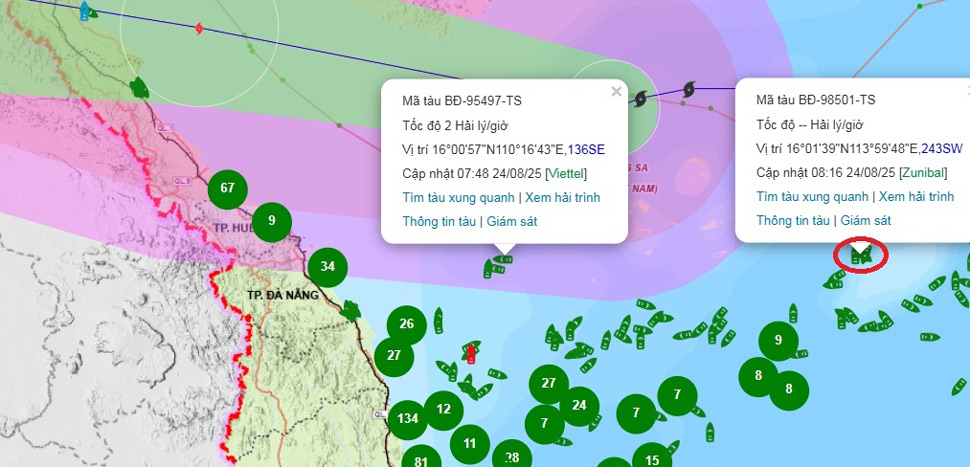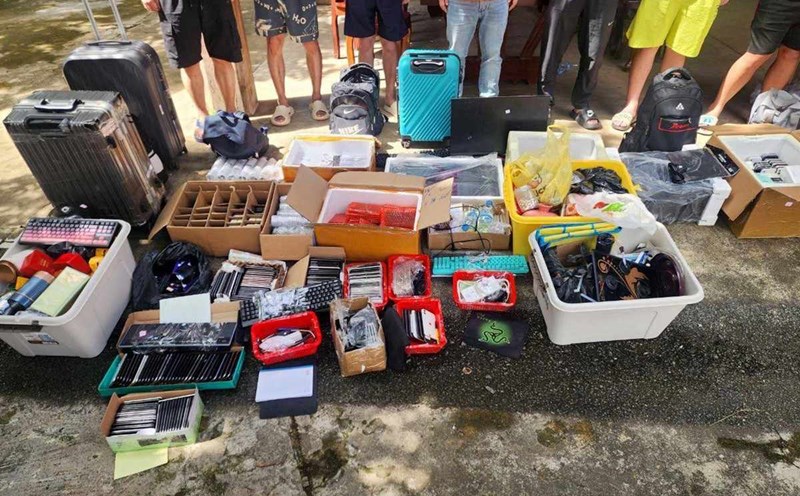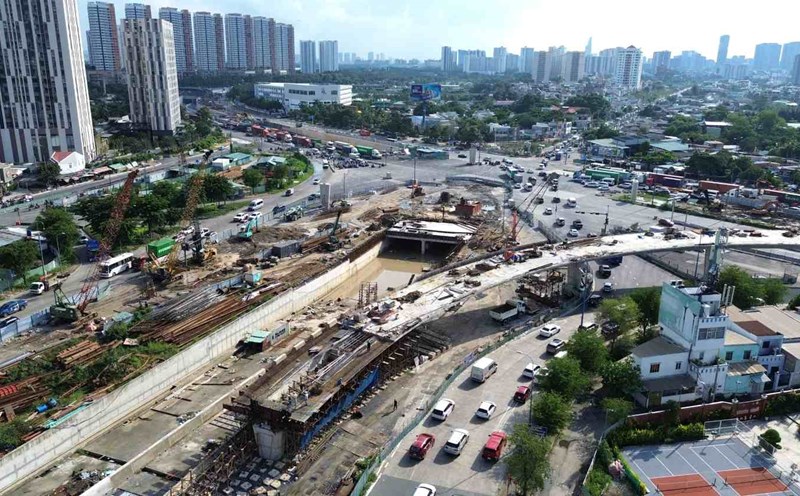After the merger, Gia Lai will become a province with terrain stretching from the Central Highlands to the South Central Coast. The diversity of terrain, climate and soil makes the locality regularly suffer from many types of natural disasters with different frequency and degrees.
According to the assessment, storms and tropical depressions often appear during the rainy season from September to December every year. On average, the eastern part of the province is directly affected by 1-2 storms each year; the western part is less directly affected but often faces landslides and flash floods. Floods occurred widely in the East, an average of 3 - 4 times/year, some years up to 8 times (1999).
Statistics show that the whole province has 135 communes and wards at risk of being affected by storms. Of which, 16 communes and wards are at risk of being affected by rising sea levels; 96 communes and wards are at risk of being affected by floods and inundation.
40 communes and wards are located in areas at risk of landslides. Of which, the eastern region has 15 high-risk landslide areas, 16 low-risk areas and 7 areas that can be isolated when landslides occur.
Gia Lai currently has 12 damaged reservoirs with high safety risks, but has only allocated capital to repair 2 reservoirs, the remaining 10 reservoirs do not have funding. In the eastern part of the province, there are 403,762 houses, of which more than 11,000 are unstable, simple, and vulnerable when natural disasters occur.
The whole province currently has 5,860 fishing vessels registered to exploit aquatic products with about 39,000 crew members. There are 3 storm shelters for fishing vessels including: Thi Nai lagoon, De Gi lagoon and Tam Quan lagoon.
To ensure effective natural disaster prevention and control, Chairman of Gia Lai Provincial People's Committee Pham Anh Tuan requested that heads of departments, branches and localities absolutely must not be negligent or subjective in leadership and direction. Measures to prevent, respond and overcome consequences must be seriously implemented, in line with actual developments according to the "4 on-site" motto.
"Do not let any human damage occur, minimize property damage. Strictly handle the responsibility of collectives and individuals, especially leaders who are subjective in preventing and overcoming the consequences of natural disasters and rescue," Mr. Pham Anh Tuan directed.
Currently, the mobile information system has covered all communes and wards in the province; the internet is widely deployed with optical transmission technology and high access speed.
Before and during natural disasters, telecommunications enterprises will mobilize mobile broadcasting collection vehicles, ready to move service areas in affected areas. The disaster prevention information system maintains regular operation 24/7...
In addition, the province has issued a decision to establish Steering Committees for natural disaster prevention for a number of reservoirs and dams; at the same time, develop a plan to respond to natural disasters and emergency situations to ensure the safety of works and people's lives and property.
4 fishing boats are still in the storm's danger zone
On the morning of August 24, the leader of the Irrigation Sub-Department (Department of Agriculture and Environment of Gia Lai province) said that as of 9:00 a.m. the same day, there were 4 fishing vessels of the province in the danger zone of storm No. 5 (Kajiki), including: vessels BD-99023-TS; BD-98511-TS; BD-98501-TS and BD-95497-TS.
"These ships have received a notice of the storm situation and are urgently moving to safe areas," he said.

In response to the complicated developments of the storm, on August 23, the Chairman of the Gia Lai Provincial People's Committee issued a telegram to coastal agencies, units and localities, requesting close monitoring of warning information, developments and proactive response to storm No. 5.











